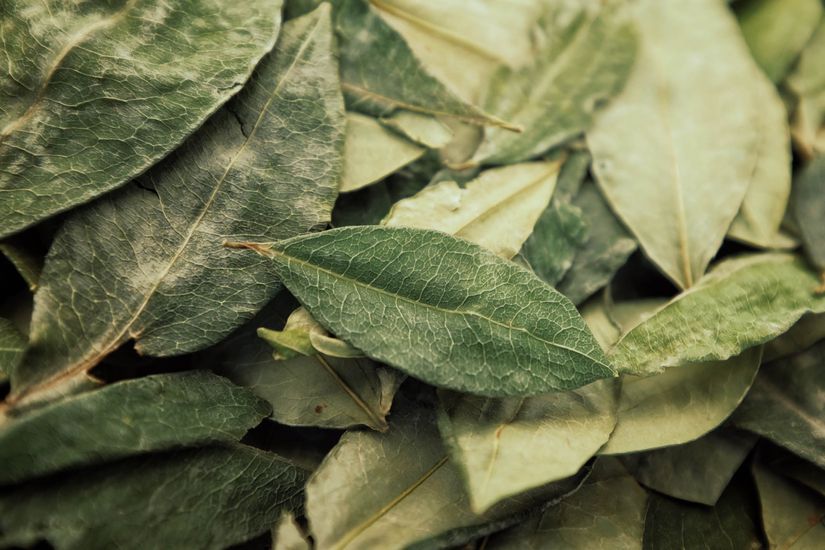The Real Thing
Since it was first invented in 1886, Coca-Cola has become America's sugary beverage of choice, but fans can forget what a long, winding path it's taken to get there. From its heady early history of drug-infused secret formulas to PR stunts and a bizarre "dream"-inspired flavor, the story of Coke involves both wild tales and fascinating facts.
Related: Can You Guess What Year These Popular Food Brands Made Their Debut?




























